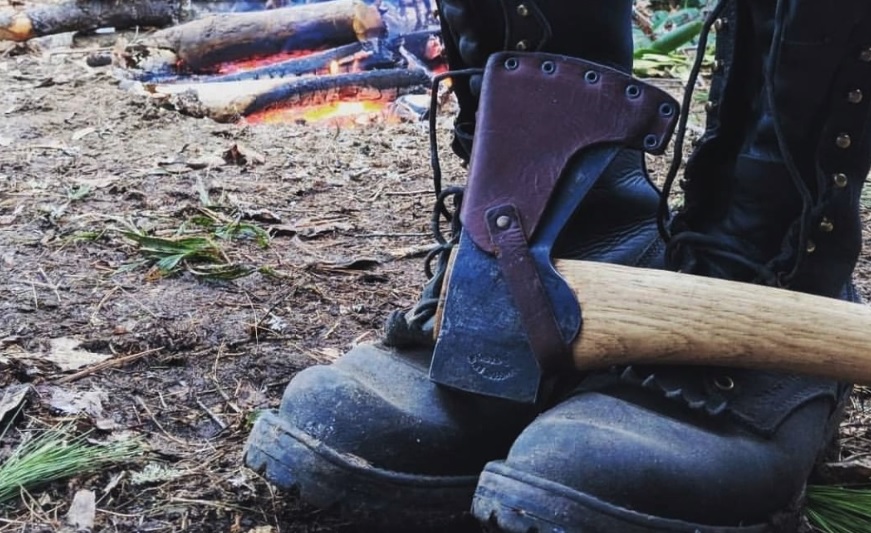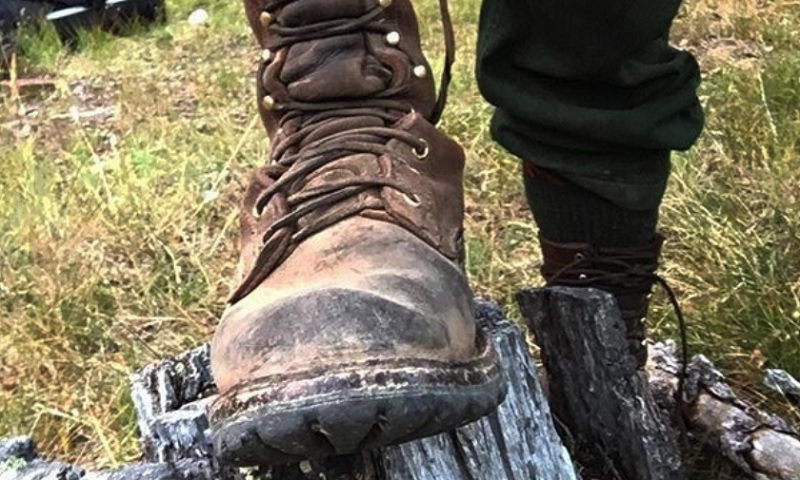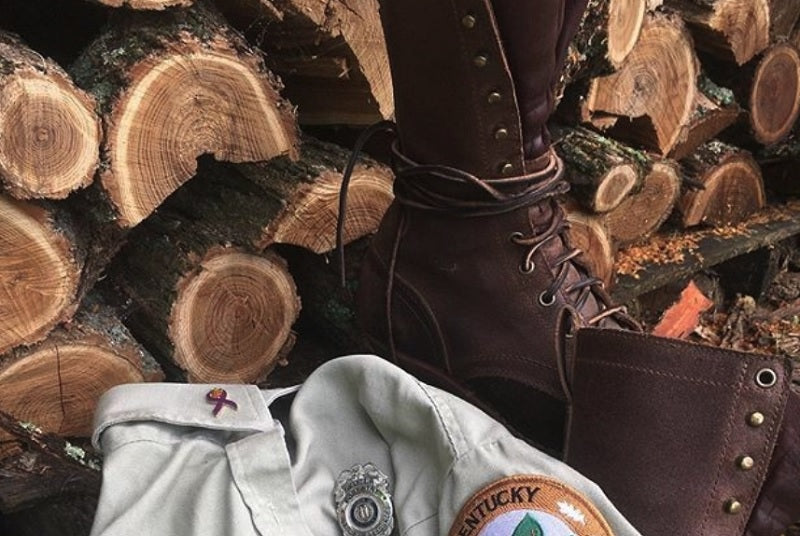How do you choose logger boots?
Logger boots are best suited to particular trades and purposes, so they won't be best for everyone. However, the right person will find a good pair to be a solid investment in their comfort and overall well-being.
What Are Logger Boots?
Logger boots are a particular design of work boot, common to loggers of course but also worn by people engaged in many other professions as well. People who are on their feet all day and require sturdy footwear, but don't necessarily require the utmost in maneuverability are often well-served by logger boots.
They are also a good choice of footwear for use in the backcountry if properly constructed.
The logger boot design usually - though not always - features a more square toe than narrow, a raised heel cap, and normally is 8 to 10 inches tall. The lace pattern is often lace-to-toe but isn't always. There may be a kiltie on the tongue, there may not; that often depends on who makes it or customer demand.
Logger Boot Construction
Logger boots should be made with double welting. Many boot makers skip this step to save costs, but double welting - which uses two layers of stitching to attach the boot to the sole - makes for a more durable boot.
Ever notice the leather pulling away from the sole? This is due to poor welting, though a poor fit (say if you need a wider size) can also contribute.
Additionally, a double welt makes a boot more waterproof, by virtue of decreasing the number of cracks and crevices that moisture can creep into. If you work outside, this is of vital importance. Wet feet for extended periods is not only unpleasant but can also give you trench foot which you do not want to deal with.
Steel Toe Logger Boots If Needed

Another aspect you should look at steel toe logger boots is the toe, specifical steel toe logger boots IF they are appropriate for you to use. Some trades require steel-toe boots for employment due to OSHA regulation or employer policy, such as warehousing and other trades involving heavy cargo.
Some trades or jobs may suggest that you wear them if desired, but may not require them. A composite toe may be a viable compromise if fully steel toes are not quite to your liking.
If steel toe logger boots are required, make sure to get a fitting before purchasing. While steel toe caps do slightly encroach in some cases, you should barely notice them. A proper fit should give you room for your toes to move in heavy socks even with a steel toe box.
Good Foot Support Is Essential With Logger Boots
A reinforced shank is another design feature to look for, as good foot support is essential in a pair of logger boots. A good pair will have a supported shank.
The logger boot design is often thought of as having better foot support than many other boot designs. A reinforced shank, along with a raised heel will do that...so long as the boot is of sound construction.
If you're going to be on your feet all day, especially on hard pavement or on uneven terrain, heel and ankle support is absolutely essential. The logger boot design excels in this aspect...if it's well made.
Caulked Logger Boots If Necessary
Another design feature you may want to look for is caulked logger boots IF your employment calls for it. Caulking on boots is not the application of an adhesive, but the installation of traction devices.
Sometimes also called hobnails, a caulked boot has a number of studs attached to the soles. These studs make for drastically increased traction, which can be necessary for the logging trade. Walking on slick logs can be beyond the capabilities of even the most aggressive treads, so these become necessary in the field.
If necessary - say you're a logger in an area that receives a lot of precipitation - then look for caulked logger boots or at least a bootmaker that can make them for you.
Good Work Boots Start With A Good Fit

While various design features of logger boots or of fire boots are good to know, any good pair of work boots must needs start with a great fit. If the fit is not correct, the rest is for naught. That's why a good pair of work boots should start with a fitting and custom measurements.
A great pair of work boots are made-to-order, as this ensures a proper fit and that the customer will get the boot they need to do their job. A great pair of work boots in investment in your feet and also in yourself. You'll feel better after a day on the job with a good pair of work boots than with a standard off-the-shelf pair.
And you're worth it.





































